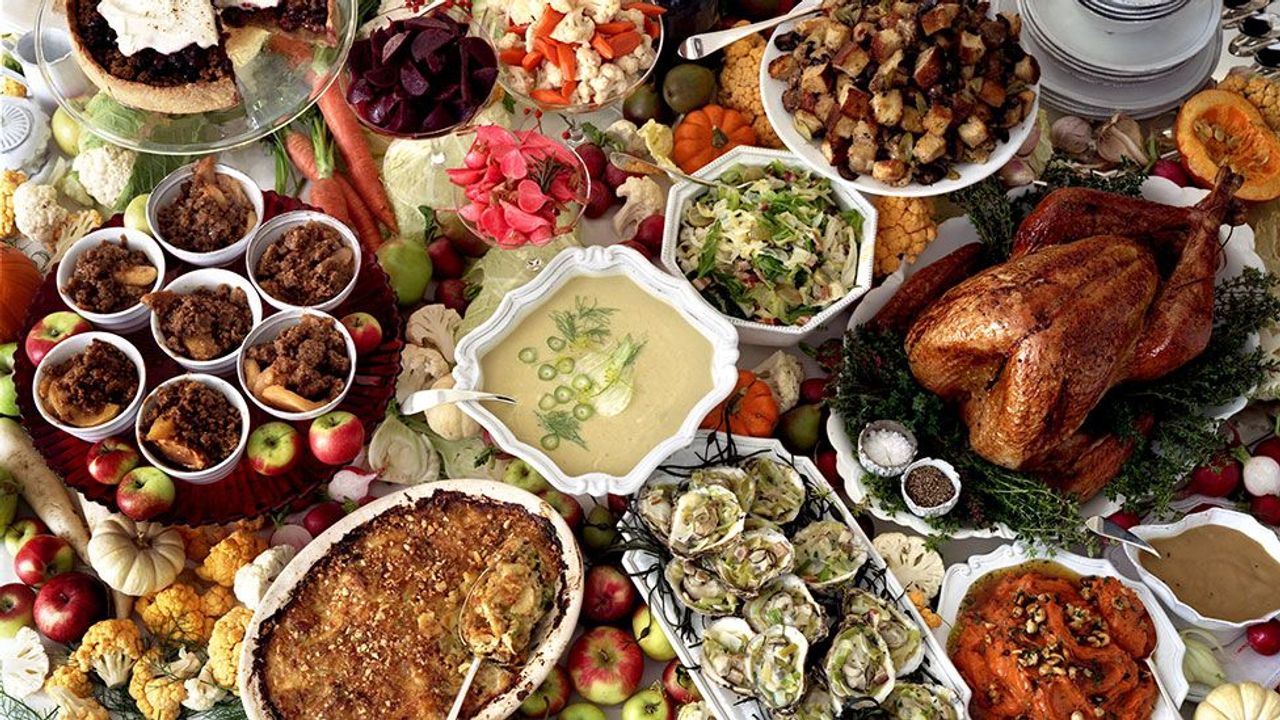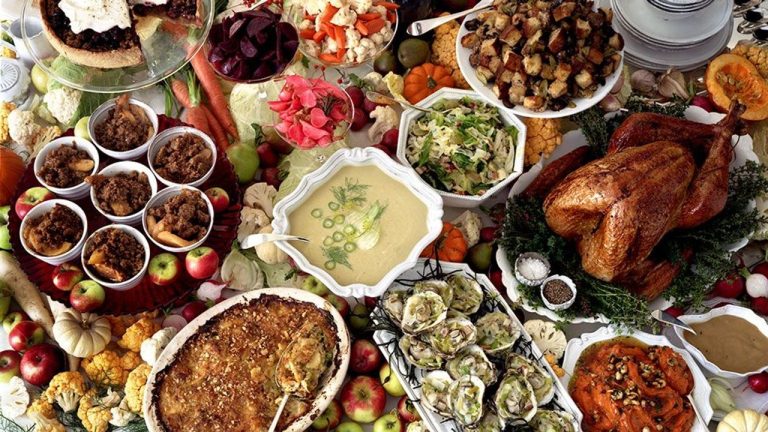The Cultural Significance of Food in Literature and Film

In a world where culture and art intertwine, the role of food in literature and film has taken on a profound significance. From sumptuous feasts to humble meals, these edible elements often serve as more than just sustenance within the narrative. They become symbols, metaphors, and vehicles for conveying emotions, themes, and cultural nuances. This article delves into the delectable world of culinary storytelling, highlighting how food enriches the literary and cinematic experience.
The Art of Culinary Storytelling
Food as a Narrative Device
Food often acts as a powerful narrative device in both literature and film. It can be used to signify various aspects of a character’s personality, their socioeconomic background, or even their emotional state. For instance, a character savoring a lavish gourmet meal may reflect opulence, while someone eating a simple bowl of soup might signify modesty or hardship.
Cultural Identity Through Cuisine
Food serves as a gateway to exploring cultural identity. Different cuisines, cooking methods, and dining rituals can offer profound insights into the culture from which they originate. In literature and film, these culinary elements allow audiences to embark on a gastronomic journey worldwide, experiencing diverse traditions and flavors without leaving their seats.
Symbolism on the Plate
Metaphorical Meanings
Food can be a potent metaphor, carrying deeper meanings beyond the physical act of eating. A shared meal can symbolize unity and communion, while a neglected feast may represent discord or missed opportunities. This symbolic use of food adds complexity to the narrative, inviting readers and viewers to ponder the underlying messages.
Emotional Resonance
Food often serves as a catalyst for emotions within a story. Whether it’s a romantic dinner setting the stage for love or a hearty home-cooked meal evoking nostalgia, the emotional resonance of food transcends the sensory experience. This emotional connection helps audiences relate to the characters and their journeys more profoundly.

Cultural Significance in Film
Visual Feast on Screen
In cinema, the portrayal of food is not limited to words; it comes alive through visuals. Directors and cinematographers meticulously craft scenes that showcase food in all its glory. The sizzle of a steak on a grill, the vibrant colors of a fruit market, or the delicate artistry of sushi preparation—these visuals immerse the audience in the sensory world of the characters.
Cross-Cultural Storytelling
Filmmakers often use food as a bridge between cultures. They can juxtapose the familiar and the exotic through food, creating a platform for cross-cultural dialogue. Whether it’s a Bollywood dance sequence in a New York pizzeria or a Japanese tea ceremony in a French patisserie, these juxtapositions highlight the beauty of diversity and the universality of human experiences.
The Literary Culinary Landscape
Iconic Food Moments in Literature
Literature, too, has its share of iconic food moments. From the Mad Hatter’s tea party in Lewis Carroll’s “Alice’s Adventures in Wonderland” to the extravagant banquets in George R.R. Martin’s “A Song of Ice and Fire” series, these literary feasts have left an indelible mark on readers’ imaginations.
Recipes and Remembrance
Some authors take their literary connection with food further by including recipes. These recipes provide readers with a taste of the fictional world and serve as a form of remembrance, allowing fans to recreate dishes that hold special meaning within the narrative.
Conclusion: A Feast for the Senses and the Soul
In literature and film, food transcends its role as mere sustenance. It becomes a powerful tool for storytelling, offering a glimpse into characters’ lives, cultural backgrounds, and emotional landscapes. As audiences, we savor not only the flavors on the plate but also the rich tapestry of human experiences woven through the artful use of food. So, the next time you dive into a novel or settle in for a movie night, pay attention to the culinary cues—they may reveal a deeper layer of the narrative waiting to be savored.







+ There are no comments
Add yours